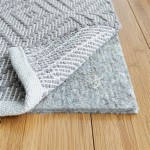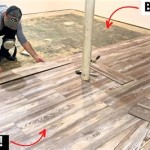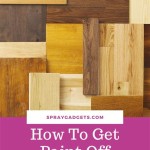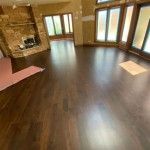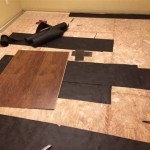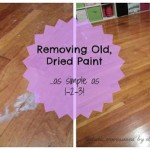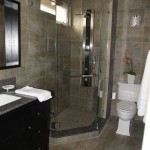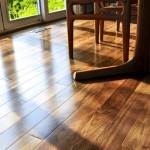How to Cover Plywood Floors: A Comprehensive Guide
Plywood floors, while durable and affordable, may not always align with your desired aesthetic or provide the comfort you seek. Covering plywood floors can transform the look and feel of your space, offering a wide range of options to suit your style and needs.
Materials and Preparation
Before covering your plywood floor, ensure you have the necessary materials on hand: plywood underlayment (optional), flooring material (e.g., vinyl, carpet, laminate), adhesive, and tools (e.g., saw, measuring tape, trowel). Thoroughly clean and level the plywood floor to create a smooth and stable base for your new flooring.
Plywood Underlayment (Optional)
Adding plywood underlayment over the existing plywood floor can provide additional insulation, soundproofing, and moisture resistance. Cut the underlayment to fit snugly and secure it with nails or screws. Ensure the underlayment is level and free of gaps.
Vinyl Flooring
Vinyl flooring offers durability, water resistance, and a wide range of styles. Choose a self-adhesive vinyl plank or tile that can be installed directly over the plywood. Peel and stick the planks or tiles one by one, ensuring they line up correctly and adhere firmly to the floor.
Carpet
Carpet provides warmth, sound absorption, and comfort to the space. Install carpet padding over the plywood floor to add cushion and prolong the life of the carpet. Stretch the carpet over the padding and secure it with tack strips or a carpet stretcher. Trim any excess carpet around the edges.
Laminate Flooring
Laminate flooring combines the look of hardwood with the durability of plastic. Choose a laminate flooring with an attached underlayment for ease of installation. Snap the planks together using the tongue-and-groove system, starting from one corner and working your way across the room. Secure the last row with a tapping block and mallet.
Other Options
Beyond these popular options, you can also explore additional ways to cover plywood floors:
- Hardwood Flooring: Install a subfloor over the plywood and then lay hardwood planks on top, nailing or stapling them into place.
- Linoleum Flooring: Similar to vinyl, linoleum comes in sheet or tile form and can be glued down over the plywood.
- Cork Flooring: Cork provides excellent sound insulation, warmth, and a unique aesthetic.
- Paint: Paint the plywood floor in a color or pattern of your choice for a more permanent and cost-effective option.
Maintenance
Once your plywood floor is covered, regular maintenance is crucial to preserve its appearance and longevity. Follow the manufacturer's instructions for cleaning and caring for the specific flooring material you have chosen. Avoid excess moisture, and use protective mats or rugs in high-traffic areas.
By covering your plywood floor with the appropriate materials and techniques, you can enhance the aesthetics, comfort, and functionality of your space. Whether you opt for vinyl, carpet, laminate, or other options, take the time to research and choose the solution that best aligns with your needs and preferences.

How To Paint A Plywood Floor The Easy Way Semigloss Design

How To Paint A Plywood Floor The Easy Way Semigloss Design
.jpg?strip=all)
How To Install And Finish Plywood Flooring Ibuildit Ca

How To Paint A Plywood Floor The Easy Way Semigloss Design

The Pros And Cons Of Plywood Floors A Erfly House

Plywood Floors All You Need To Know Bob Vila

Diy Plywood Flooring This Affordable Floor Option Could Save You Thousands Remodelaholic

How To Paint Plywood Floors Thistlewood Farm

Amazing Painted Plywood Subfloor A How To

Diy Plywood Plank Floors Centsational Style
See Also
